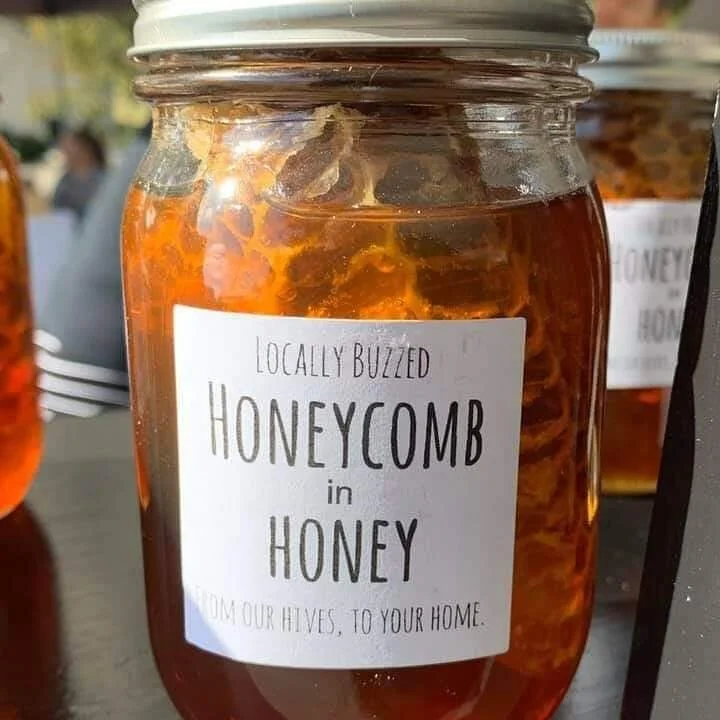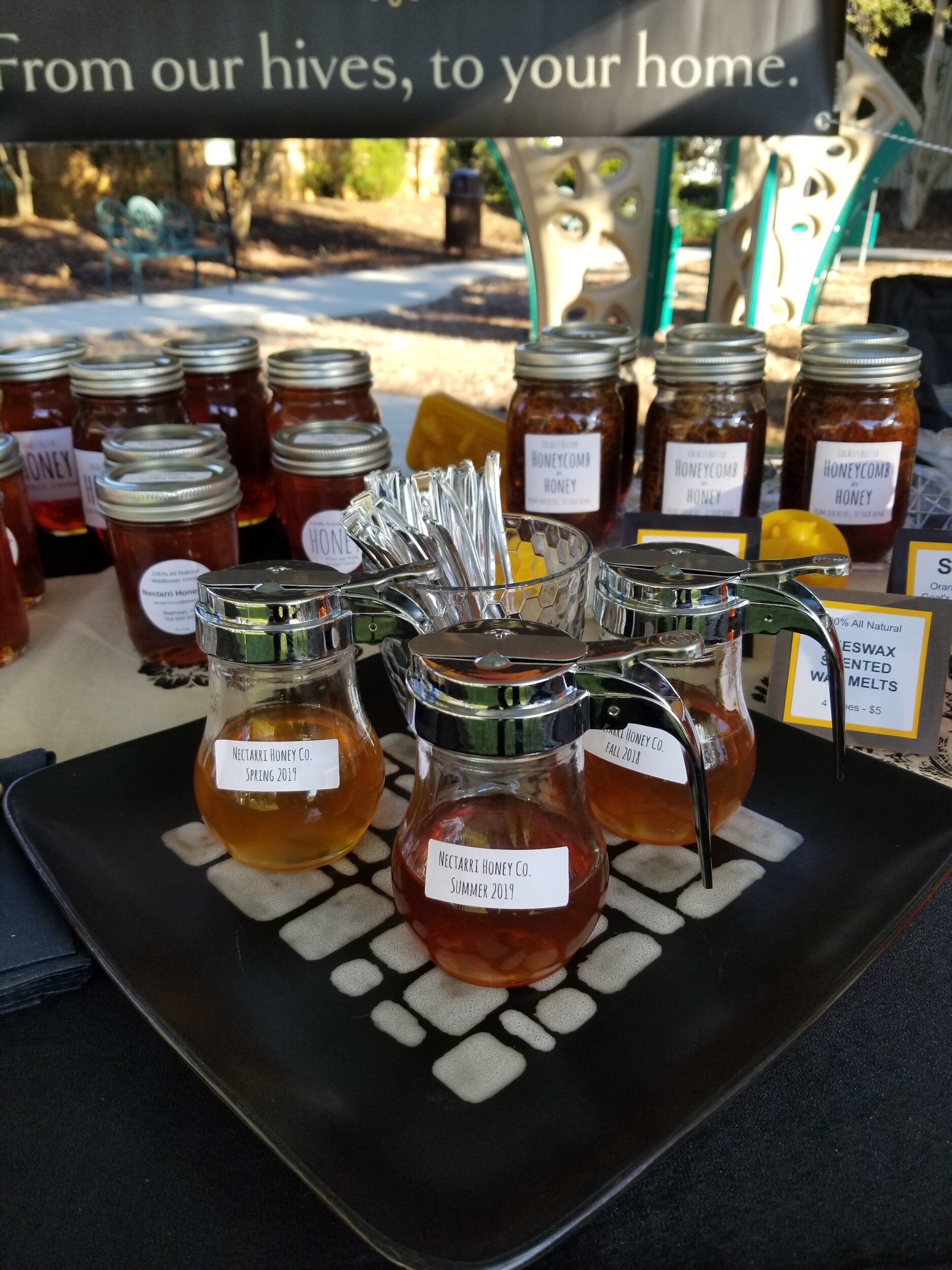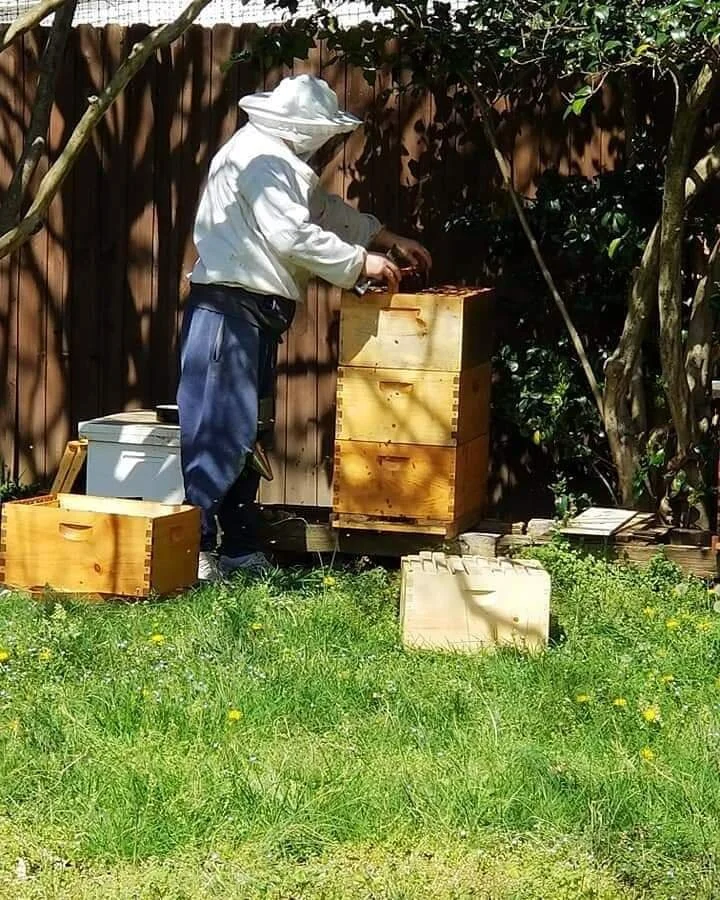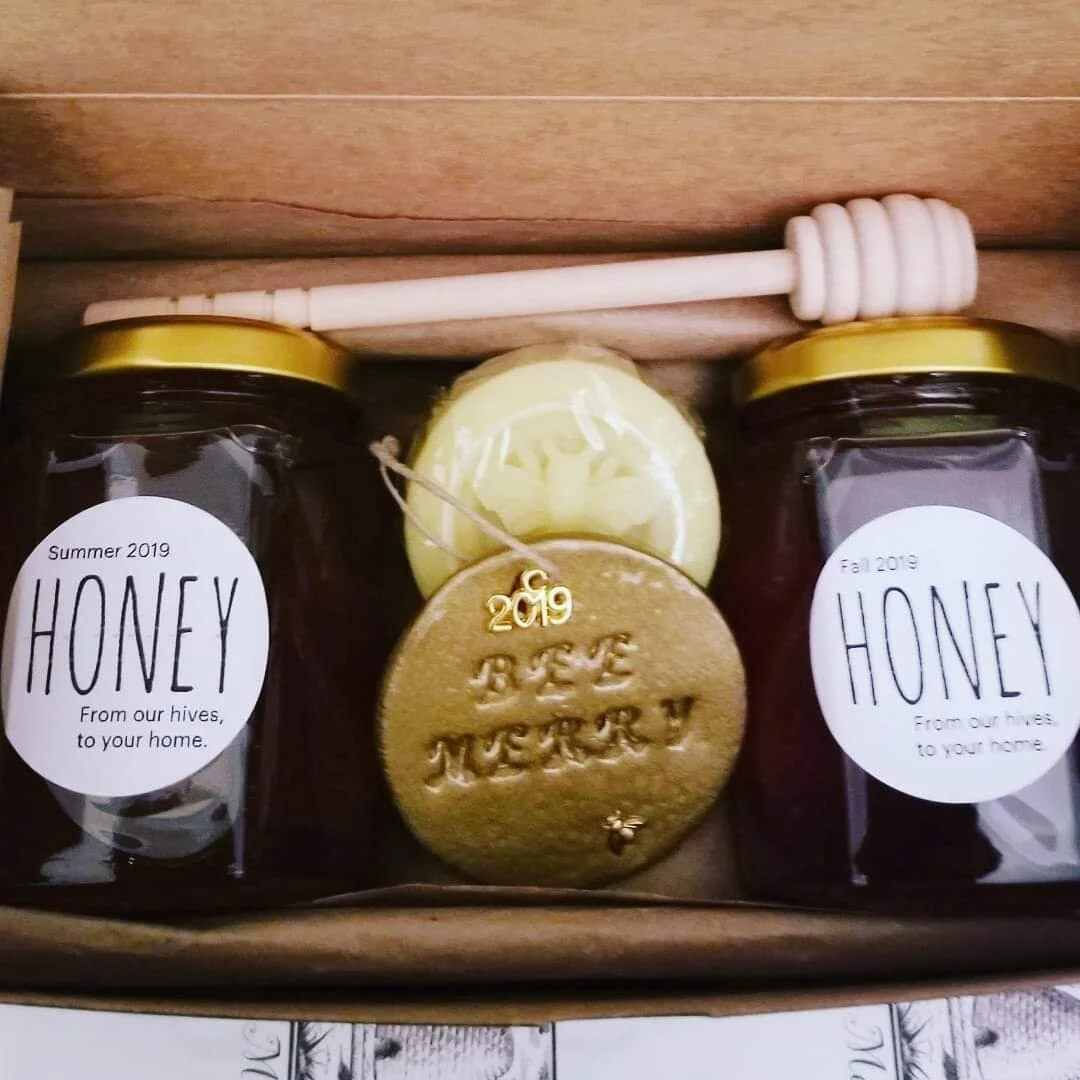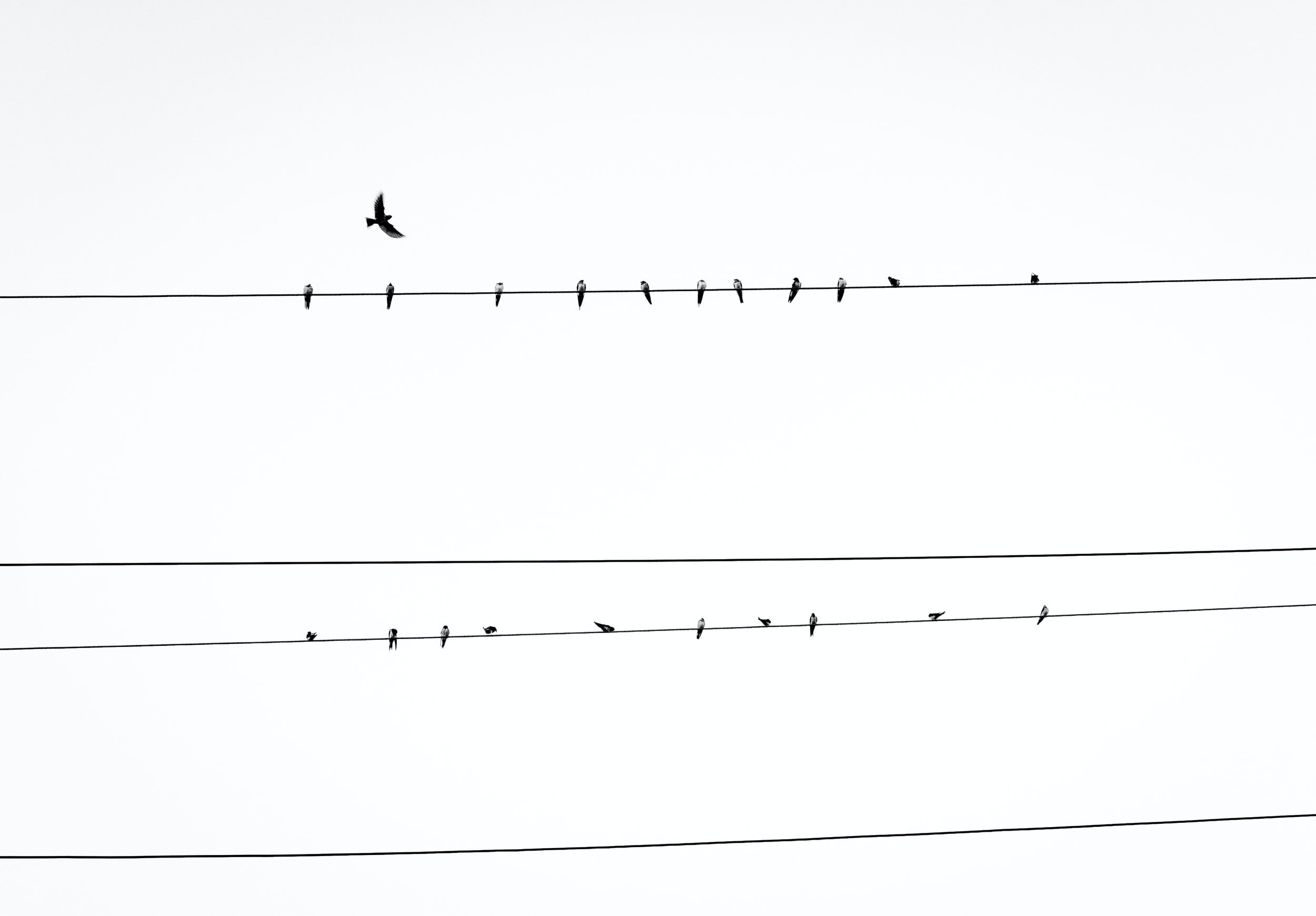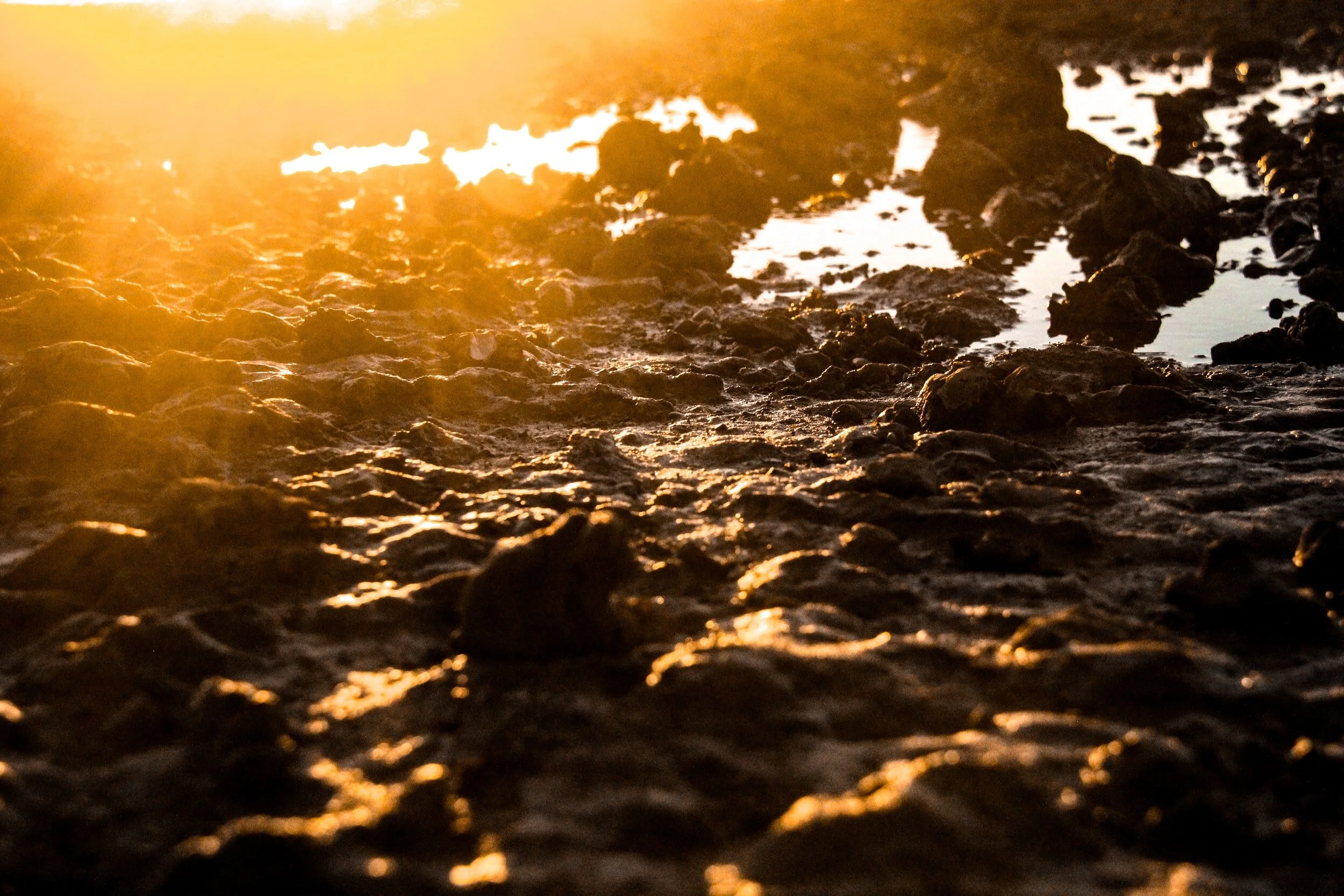One in every three bites of food we eat is courtesy of insect pollination and that food contains major proportions of essential micronutrients like vitamins A & C, iron, zinc, folate, amino acids and antioxidants. Even some of the plants that cows eat (alfalfa and clover) to produce milk—from which we make cheese, butter and ice cream—and beef, depend on pollinators.
In addition to the European honey bee introduced to North America in 1622, pollinators include the bumble, orchard, squash and other bees, as well as moths, beetles, hummingbirds, butterflies, bats, and flies.
Insect pollinators travel from flower to flower during sunny days that are warm enough for flight, visiting as many as 1,000 flowers per day, gathering nectar and spreading pollen along the way. Flowers evolved nectar as pollinator bait. Drawn to the nectar, pollinators inadvertently do what most plants cannot do for themselves—move the pollen (the male part of the plant) to the plants’ female parts to make seeds. That’s why we have fruits and nuts!
There are about 3,600 species of native wild bees in the United States, but their numbers are declining due to pesticide exposure, habitat loss, poor nutrition and diseases. Indeed, the once-common rusty patched bumble bee was added to the Endangered Species List in 2017.
